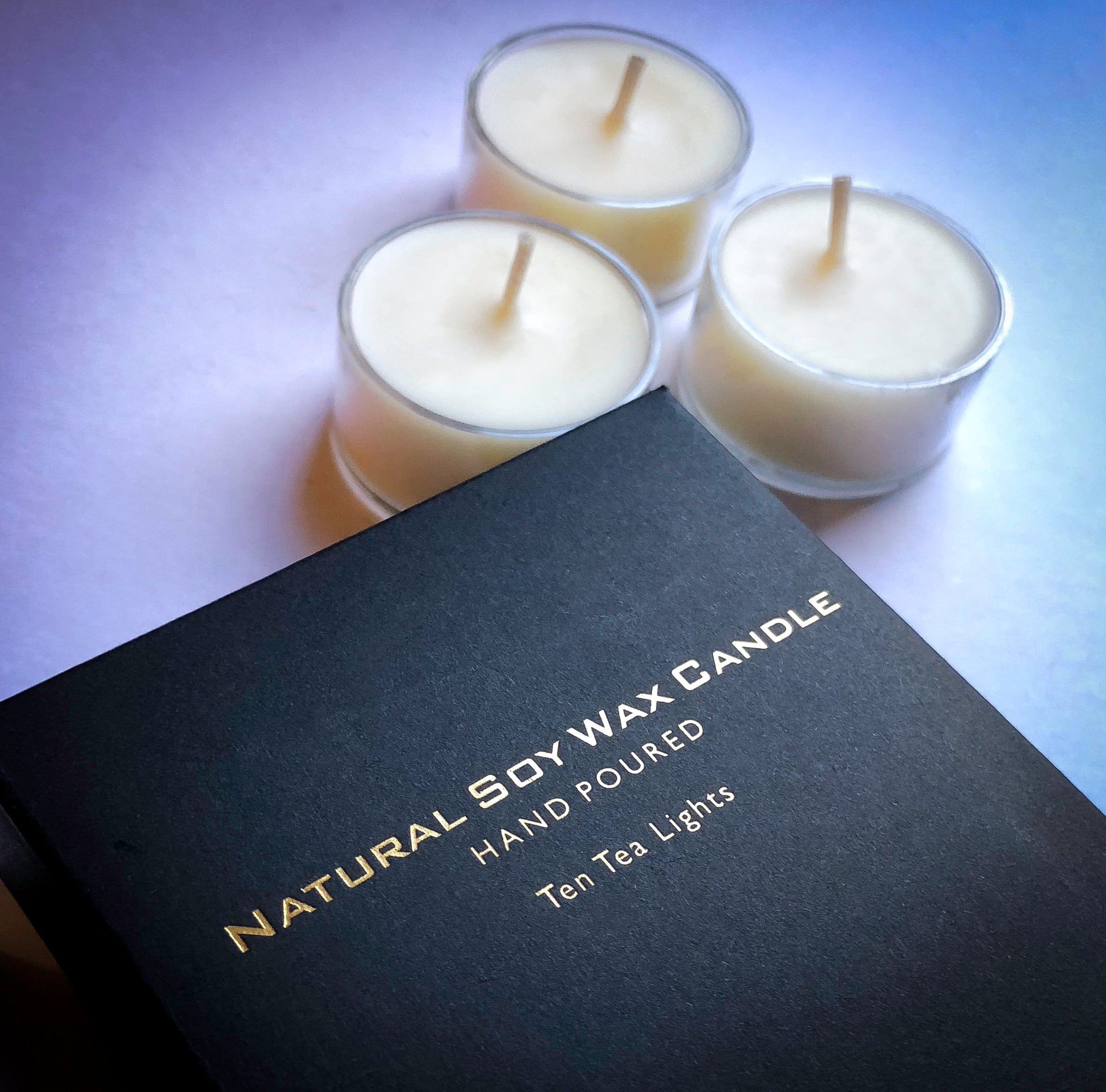Check out the Globe of Crystal Soy Candles and Home Fragrance Delights
From Wick to Wax: Understanding the Chemistry Behind Soy Wax Candles and Their Ecological Influence
As we brighten our rooms with the cozy glow of candles, there lies a world of complex chemistry behind the seemingly straightforward act of lighting a soy wax candle. The selection in between soy and paraffin wax expands beyond simple appearances, diving into the world of ecological effect and the really composition of the products. Comprehending the molecular framework of soy wax and its burning procedure clarifies the emissions launched right into our surroundings. Join us as we unravel the scientific ins and outs behind soy wax candle lights and explore their implications on our atmosphere.
Soy Wax Vs. Paraffin Wax
When contrasting soy wax and paraffin wax for candle making, it is vital to recognize the distinct features and advantages of each material. Soy wax is a natural, eco-friendly source originated from soybean oil, making it green and naturally degradable - soy wax candles. On the other hand, paraffin wax is a by-product of oil refining, which increases concerns about its environmental effect and sustainability
Soy wax candle lights burn cleaner and release much less soot compared to paraffin wax candles, making them a healthier option for indoor air quality. Additionally, soy wax has a lower melting point, enabling a longer-lasting candle that disperses scent a lot more properly. Paraffin wax, on the other hand, has a tendency to shed faster and much less easily, possibly launching unsafe chemicals into the air.
From a sustainability perspective, soy wax is preferred for its biodegradability and sustainable sourcing, aligning with the growing consumer preference for ecologically mindful products. While paraffin wax has been a conventional choice in candle light making because of its cost and convenience of use, the change towards environmentally friendly options like soy wax is getting energy in the sector.
Chemical Structure of Soy Wax

Burning Refine in Soy Candles
The chemical make-up of soy wax directly influences the combustion process in soy candles, affecting elements such as melt time, scent release, and environmental impact. When a soy candle is lit, the heat from the flame thaws the wax near the wick.
The combustion performance of soy candle lights is influenced by the pureness of the soy wax and the top quality of the wick. A clean-burning soy candle with an effectively sized wick will lessen and produce a stable fire residue formation. This not just extends the burn time of the candle light but likewise improves the release of scents. Additionally, soy wax candle lights have a lower ecological influence contrasted to paraffin candles because of their renewable and eco-friendly nature.

Environmental Benefits of Soy Wax

Taken into consideration a sustainable option to traditional paraffin wax, soy wax provides noteworthy ecological advantages that make it a preferred selection amongst eco-conscious customers. Soy wax burns cleaner and creates less residue than paraffin wax, contributing to much better interior air top quality and minimizing the demand for cleaning and upkeep. Overall, the ecological benefits of soy wax straighten with the growing need for green and sustainable products in the market.
Recycling and Disposal Factors To Consider
Recycling and correct disposal of soy wax candle lights play an important role in keeping environmental sustainability and lowering waste in neighborhoods and families. When it comes to recycling soy wax candles, the very first step is to ensure that the candle light has burned completely.

In regards to disposal, if recycling is not an alternative, soy wax candle lights are eco-friendly and can be safely disposed of in the majority of household waste systems. It is constantly suggested to inspect with local reusing centers or waste management services for certain guidelines on candle disposal to make sure appropriate handling and ecological security.
Final Thought
Finally, the chemistry behind soy wax candles reveals their ecological advantages over paraffin wax candles. Soy wax, obtained from soybean oil, burns cleaner and generates less soot when compared to paraffin wax. The burning process in soy candles is more reliable, causing a longer and a lot more also burn. In addition, soy wax is renewable and eco-friendly, making it a more sustainable option for candle light manufacturing. Recycling and appropriate disposal of soy wax candle lights additionally add to their ecological influence.
When comparing soy wax and paraffin wax for candle making, it candles is crucial to understand the distinct qualities and advantages of each product (crystal soy candles).Soy wax candles melt cleaner and discharge much less residue compared to paraffin wax candles, making them a healthier option for interior air high quality.Thought about a lasting option to conventional paraffin wax, soy wax uses notable environmental advantages that make it a popular selection among eco-conscious consumers. Soy wax burns cleaner and creates much less residue than paraffin wax, adding to better interior air quality and decreasing the demand for cleansing and upkeep.In verdict, the chemistry behind soy wax candle lights discloses their environmental advantages over paraffin wax candle lights